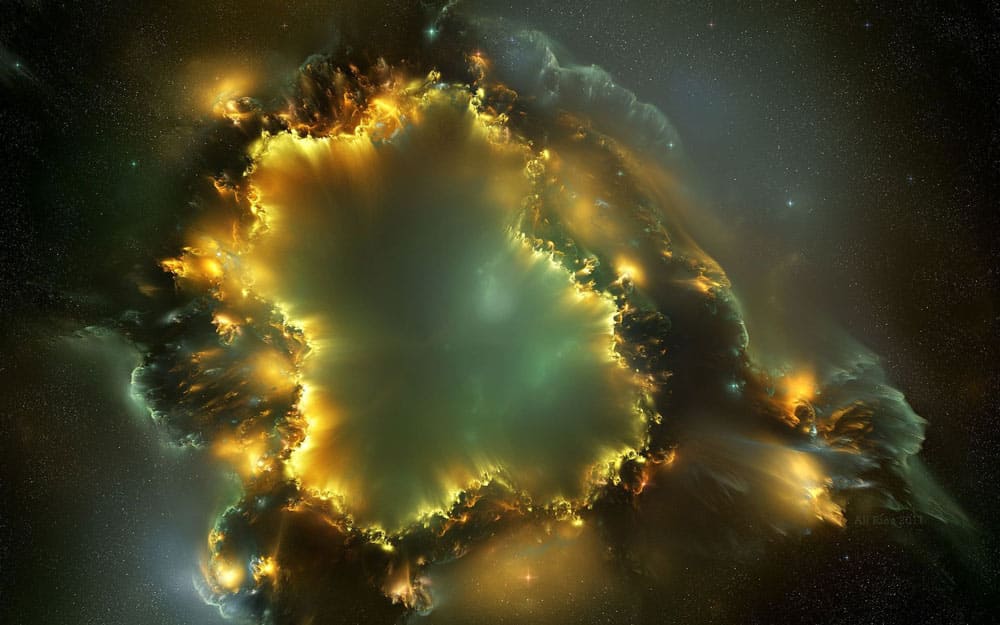Estimated reading time: 2 minutes
We humans usually imagine the world around us through the prism of what we have already seen and know. Mountains, skyscrapers, bridges – all these objects and phenomena are easy to imagine because they are comparable to what surrounds us. When we talk about the expansion of the universe, we often use analogies such as yeast dough or ants scattering in different directions. But let’s look a little deeper.
At the epicentre of the Universe, where we are, there is an amazing phenomenon – all objects are moving away from us! Can you imagine that? It’s been going on for 14 billion years. Galaxies, stars, everything is moving away!
Now imagine if the universe were finite. Then we wouldn’t just see light coming towards us, we’d see rays going around the universe and coming back. Like a giant coloured mirror. That is, we would see mirror copies (reflections) of the same objects! But this does not happen.
Techniques that compare the expansion of the universe with various analogies sometimes mislead us. For example, we can imagine the Universe as a giant ball with no clearly defined edge. In reality, however, the universe is constantly expanding.
Interestingly, even with the Hubble telescope, we can only see a small corner of the macrocosm. The galaxies in this region appear to be very young.
Is there a boundary to the Universe, and where is it?
Let’s answer the question: is there a boundary to the universe? Taking into account modern discoveries in astronomy, the degree of boundedness or boundlessness of the cosmos is determined by the value of the critical density of matter distribution. So there is an end, and it is the last material particle. But it is technically impossible to reach it because it is constantly moving away.
At the moment we have an idea of the visible part of the universe, which we call the observable universe, but even that is still expanding. Although the observable universe is huge, we cannot measure its total size accurately, or determine where its edge is.


